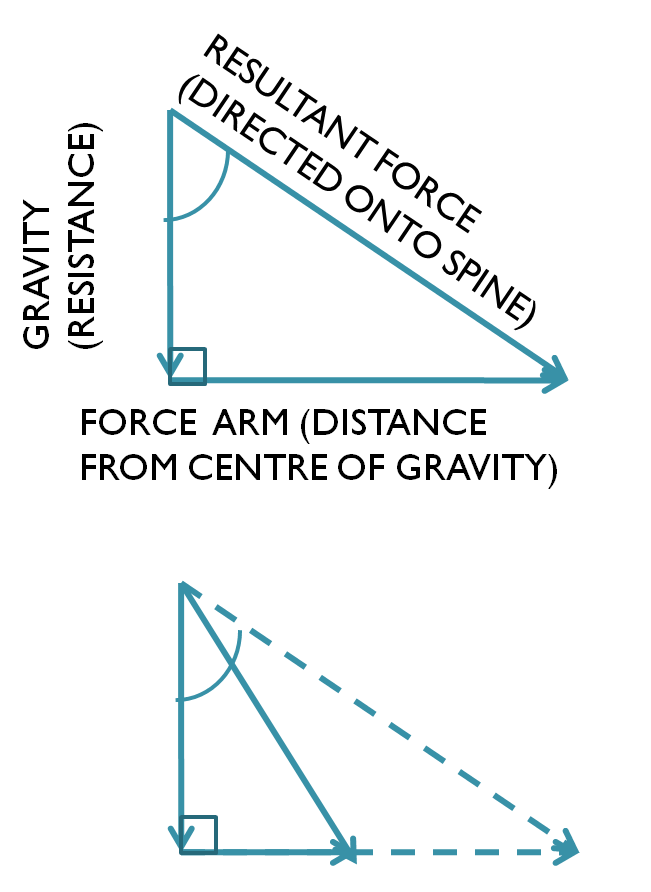Low Back Injuries Explained to be Made Sorta Understandable
Low back injuries accounted for more than 22% of all workplace injuries, 31% of workers compensation payouts (anywhere from $25-85 billion US annually), 25% of all missed work days (Frymoyer, The Lumbar Spine, 2nd edition, 1996), and 100% of all sucky injuries that can either let you do anything or make you scream in pain while trying to shampoo your own hair or sit or stand or lay down or do anything. So how come back injuries are so prevalent in our society, and what can we do about it?
Back injuries happen the same way any injury happens: too much force for too long on tissue that’s not strong enough to take it. Most of the time, if we sit or stand or move with poor posture, we increase the amount of force by stretching the small segments of muscle and ligaments in between each vertebrae. Each of these small stretched segments add up to one unhappy spine. The spine will be forced to move too much if the thoracic spine (rib cage) isn’t mobile enough and if the pelvis isn’t mobile enough. As humans, we will always consciously try to move, even if the segments aren’t moving properly, so we will use compensation patterns to move with as minimal pain as possible to make us not even aware of faulty mechanics, and will lead to further problems until the pain is too great to ignore or compensate around.
A lot of back injuries come down to posture and simple physics. If we have our upper body leaning forward because we stoop or slouch, that’s going to increase the horizontal distance between our center of gravity and the spine bearing the weight.
Instead of looking at the spine as a combination of thousands of individual muscle fibers, it makes more sense to think of the back as a combination of movements created by muscles, and each movement pattern can be affected by faulty mechanics. The basic movement pattern dysfunctions, as shown by Shirley Sahrmann in her fantastic book “Diagnosis and Treatment of Movement Impairment Syndromes” are:
1. Lumbar flexion syndrome – characterized by pain or limitation with bending forward
2. Lumbar extension syndrome – pain or limitation when standing upright or bending backwards
3. Lumbar rotation syndrome – pain with rotation or twisting movements
4. Rotation with flexion syndrome – pain with bending forward and turning
Rotation with extension syndrome – pain with back bending and turning
Any of these sound familiar? I am sure they do, since more than 90% of North Americans will experience some sort of low back pain in their lives, and the other 10% are lying!!! Since most of our society is too inactive, sitting at a desk more than squatting our body weight, plowing fields, or dancing like an old guy shown in the last post, it’s no wonder we have so many back problems.
In the coming months, I’ll be doing some research on a new product I’ll be launching in 2011 called “Build a Better Back: From Pre-hab to Post-Rehab to Optimal Function,” and I’ll be introducing a few snippets of each chapter in this blog. This will give you an idea of how to prevent injuries, fix up an old existing injury, and get yourself in the best physical shape of your life by using the most up-to-date research and information on back function, strength and conditioning, and injury mechanics. It’s going to present a completely different view of a very old problem, and hopefully create a number of solutions.

